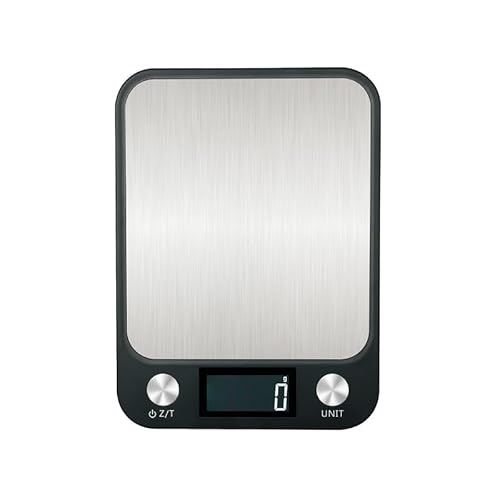- Joined
- Oct 30, 2023
- Messages
- 73
- Reaction score
- 171
How much super fat, how do you decide? In The Soapmaker's Companion Susan Miller Cavitch writes that she used to use 20 percent and then 10 percent. Elsewhere, less than 5 percent is stated, some use 6 or 7 percent. I know it probably comes down to personal preference. But I wonder how you decide how much super fat should be in the soap. Chap durability. Considering it doesn't bother me much, I make small batches for myself now and give the rest away. I am interested in other reasons and circumstances. Thank you for sharing your experience.












































 which I could feel in high superfat soaps. Like everyone else, saltbars were the exception which I superfat at 17%.
which I could feel in high superfat soaps. Like everyone else, saltbars were the exception which I superfat at 17%.